There was a time when seeing a Tesla on the road meant something. You’d do a double-take. The all-electric Model S glided silently past your clapped-out Camry or throaty Hellcat, meaning the future had arrived, just not for you. It was a vehicle that was deeply fascinating and undeniably rare. But now, Teslas are everywhere. And with it, a curious little ritual has quietly died, the Tesla wave.
Let’s Start The Tesla Wave
“Alright, guys, have you ever wondered why fellow Tesla ‘family’ members don’t have a ‘Tesla’ wave like Jeep owners have?
I own a Jeep, too, but I’ve noticed no other Tesla owners wave back at me! Let’s get a thing started! Let’s do a Tesla Wave! Just start by waving at every Tesla you meet on the road! LET'S GOOOOOOO!!!!!”
Wilkerson’s earnest post might seem trivial, even corny, but it taps into something real. He owns both a Jeep and a Tesla, and he’s noticed the difference. The Jeep wave, iconic, consistent, tribal, is more than just a nod. It’s a handshake at 50 mph, a recognition that no matter how ridiculous or impractical your off-roader may be, you both signed up for the same lifestyle. But Tesla? That wave is missing. And it’s not just because people forgot, it’s because the brand changed.
How Tesla Changed The World
- Tesla has redefined electric vehicles by integrating advanced features such as Autopilot, over-the-air software updates, and high-performance capabilities. Models like the Model 3 and Model Y offer impressive acceleration and extended range, making them appealing to a broad audience.
- Tesla boasts exceptional brand loyalty, with a significant percentage of owners unlikely to consider other brands. This loyalty is attributed to the company's consistent innovation and customer satisfaction.
- Tesla's mission to accelerate the world's transition to sustainable energy resonates with environmentally conscious consumers. The company's focus on producing zero-emission vehicles and investing in renewable energy solutions underscores its dedication to a greener future.
In the beginning, Tesla ownership was a subculture. Enthusiasts drove them not just for zero emissions but for the zero-compromise promise Elon Musk made, a car that was clean, fast, and fun. Early Model S and X drivers were evangelists, not customers.
“Back in the good old days (2014), we all waved at each other,”
Said Katherine Talley in response to Wilkerson’s post.
“Guess it stopped when so many Teslas came to be on the road. It was so cool to be in that Model S!”
There was camaraderie, a shared smirk between drivers who had opted out of internal combustion without sacrificing luxury or power.
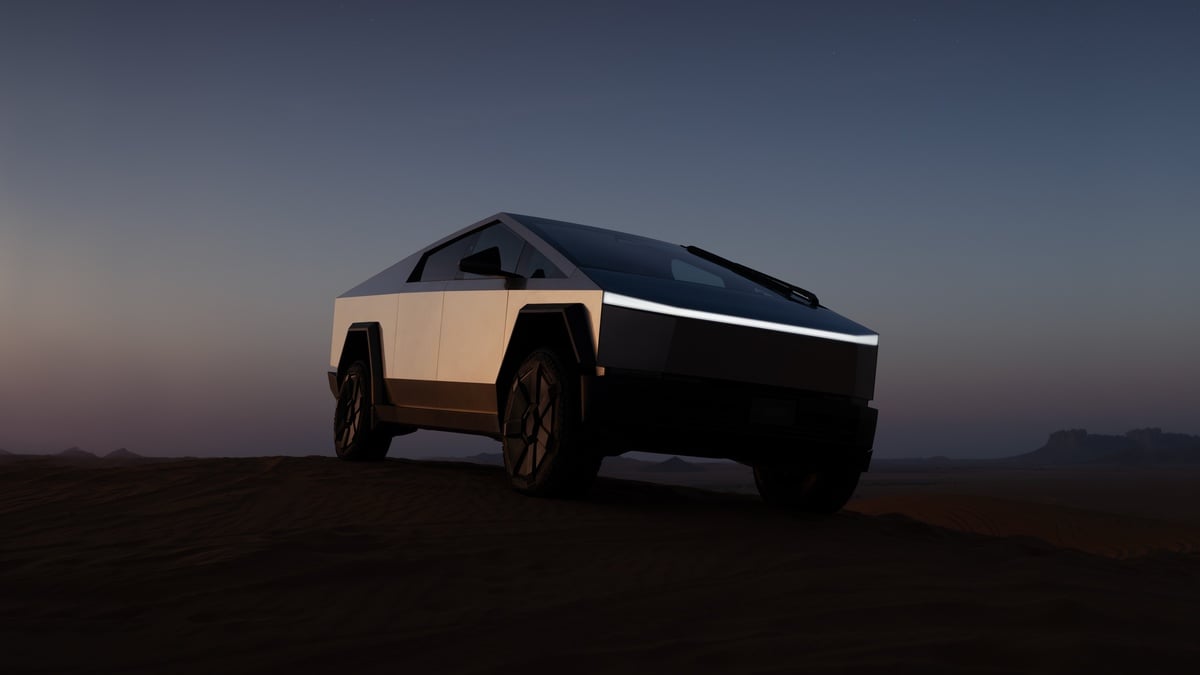
But exclusivity doesn’t scale. Tesla’s shift toward mass production, spurred by the Model 3 and Model Y, meant that what once was a niche choice became the default. As Daniel Goodwin put it:
“I got my Model 3 in 2018, and it was a thing. As it became more popular, the shift of ownership went from enthusiast to just owner... I quit getting return waves and eventually quit giving them.”
And that’s the thing: when everyone joins the club, the club stops feeling like a club. You can’t wave to every Tesla in San Francisco without dislocating your shoulder.
The Motorcyclists Wave
- Motorcyclists often greet each other with a wave, typically extending the left hand with two fingers pointed downward. This gesture symbolizes a shared bond among riders and conveys a message of "keep both wheels on the ground," emphasizing safety and mutual respect on the road.
- Jeep owners, particularly those driving Wranglers and other off-road models, participate in the "Jeep Wave," a subtle hand gesture exchanged when passing fellow Jeep drivers. This tradition is believed to have originated during World War II among soldiers driving military Jeeps, serving as a sign of recognition and unity. Over time, it has evolved into a symbol of the tight-knit Jeep community.
- Both the motorcycle and Jeep waves are more than mere greetings; they represent a sense of belonging and mutual acknowledgment among enthusiasts. These small acts foster a feeling of community, reminding participants that they are part of a larger group that shares common interests and values.
Of course, there’s a practical element too. Tesla’s minimal design philosophy, beautiful as it may be, makes the cars hard to distinguish in passing.
“Jeeps are easier to recognize sooner than the Tesla.”
Said Donna Campbell.
“By the time I've recognized a Tesla, it's too late.”
And she’s right. A Wrangler announces itself with a brick-like silhouette and military-grade swagger. A Tesla? Sleek, slippery, and inoffensive.
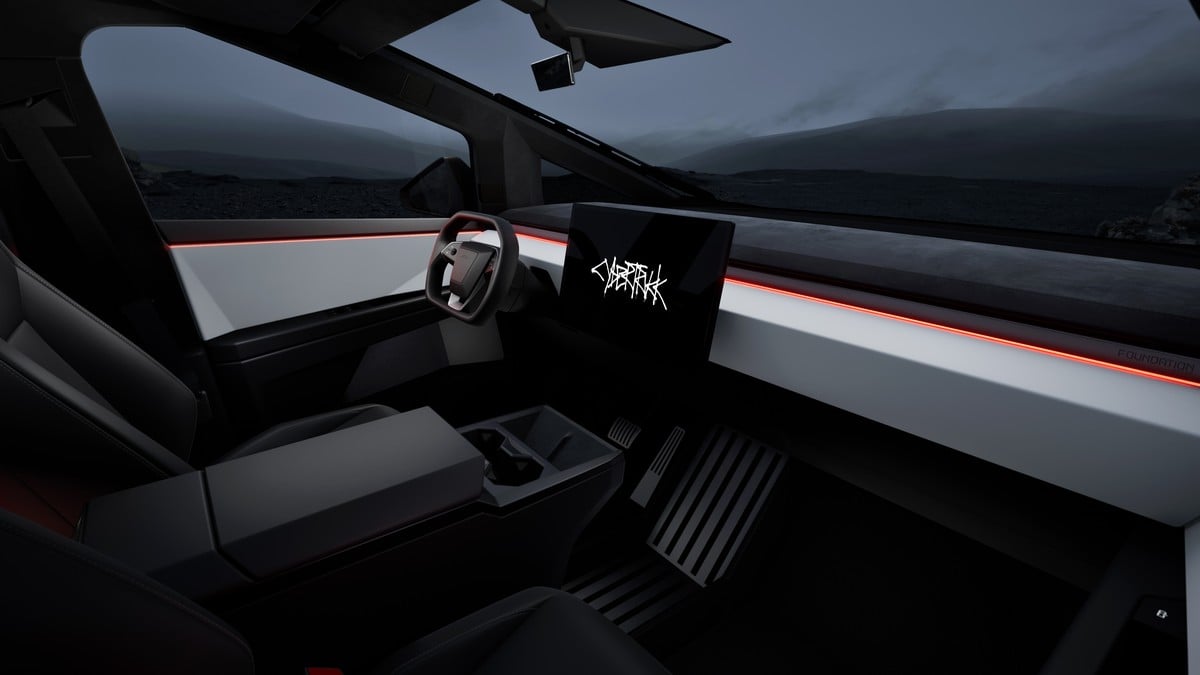
Like an iPhone on wheels, they blend together, especially at speed. Waving to another Tesla might mean confusing a rideshare driver who loves their car or a distracted commuter just trying to get through traffic.
The Tesla Wave
Still, despite the brand’s ubiquity, many Tesla owners feel something deeper for their cars. They’re not just appliances. They’re gadgets, companions, status symbols, and for some, a taste of the sci-fi future. With the launch of the Cybertruck, Tesla has swung the pendulum back toward weirdness. And weirdness, as any car enthusiast knows, invites community. The stainless-steel slab looks like it escaped from a dystopian video game. Kids point. Boomers frown. Car people argue. If any Tesla can revive the wave, it’s the one that doesn’t fit in anywhere.
Yet maybe the lack of a Tesla wave isn’t a failure, it’s an inevitability.
“If I waved at every Tesla owner’s car, I’d have no hands on the steering wheel where I live.”
Wrote Steven Boyland.
“You can’t drive where I live without seeing dozens of all models all the time.”
That’s the irony, the brand that built its name on being different has now become the default. You don’t wave at a Camry driver. You don’t fist-bump the guy in the other dishwasher at Lowe’s. And increasingly, that’s what Tesla is, part of the furniture.
And maybe that’s fine. Because while the wave may be gone, the revolution rolls on. Tesla proved an electric car could be fast, fun, and free of compromise. It changed how we think about driving and what we expect from the machines we own. The wave might be dead. But the spark that started it? That’s still very much alive, and growing louder with every Cybertruck that hits the road.
Image Sources: Tesla Media Center
Noah Washington is an automotive journalist based in Atlanta, Georgia. He enjoys covering the latest news in the automotive industry and conducting reviews on the latest cars. He has been in the automotive industry since 15 years old and has been featured in prominent automotive news sites. You can reach him on X and LinkedIn for tips and to follow his automotive coverage.


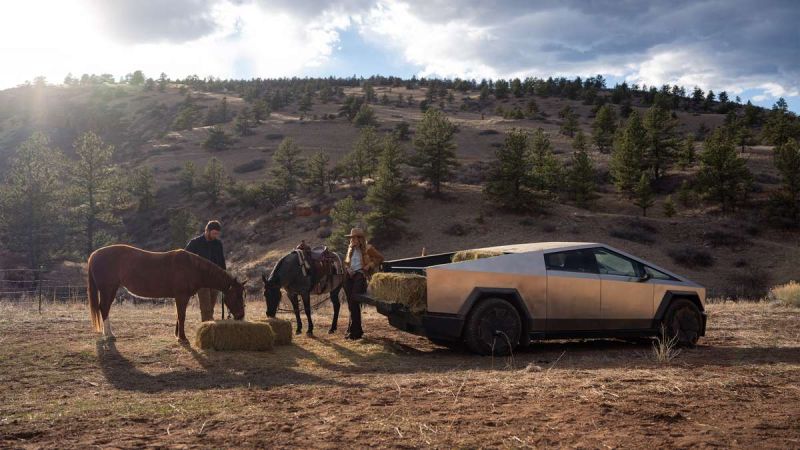





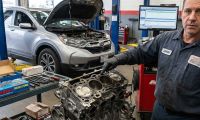
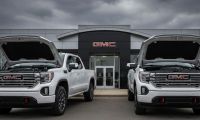
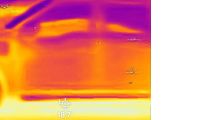

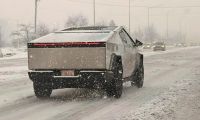
Comments
Well, but keep in mind that…
Permalink
Well, but keep in mind that the majority of CT owners are embarraaaed by their vehickes. So, no, there will be no waves of comraderie. Why would there be, right?
Ya know, there are very valid reasons why Tesla dealerships will not accept CTs as trade-ins any longer.
Fair points! But hey, it’s…
Permalink
In reply to Well, but keep in mind that… by Buzz Wired (not verified)
Fair points! But hey, it’s cool to see people embracing something different.
Ever noticed that you've…
Permalink
Ever noticed that you've never seen an auto enthusiast roll up in a Tesla? Ever wonder why?
Why are Tesla owners so…
Permalink
Why are Tesla owners so needy? There are other electric vehicles with trucks that actually look like trucks on the market. I will wave at him just with one finger if he wants.